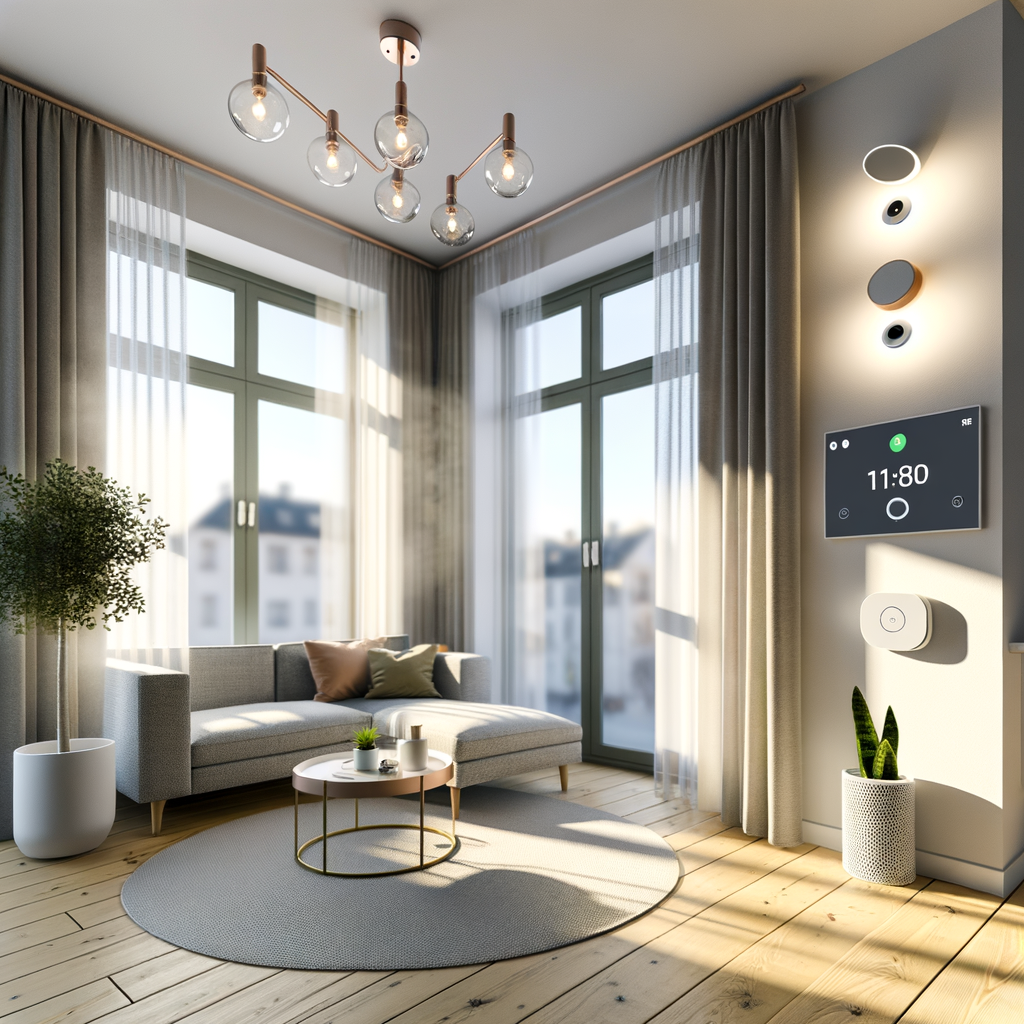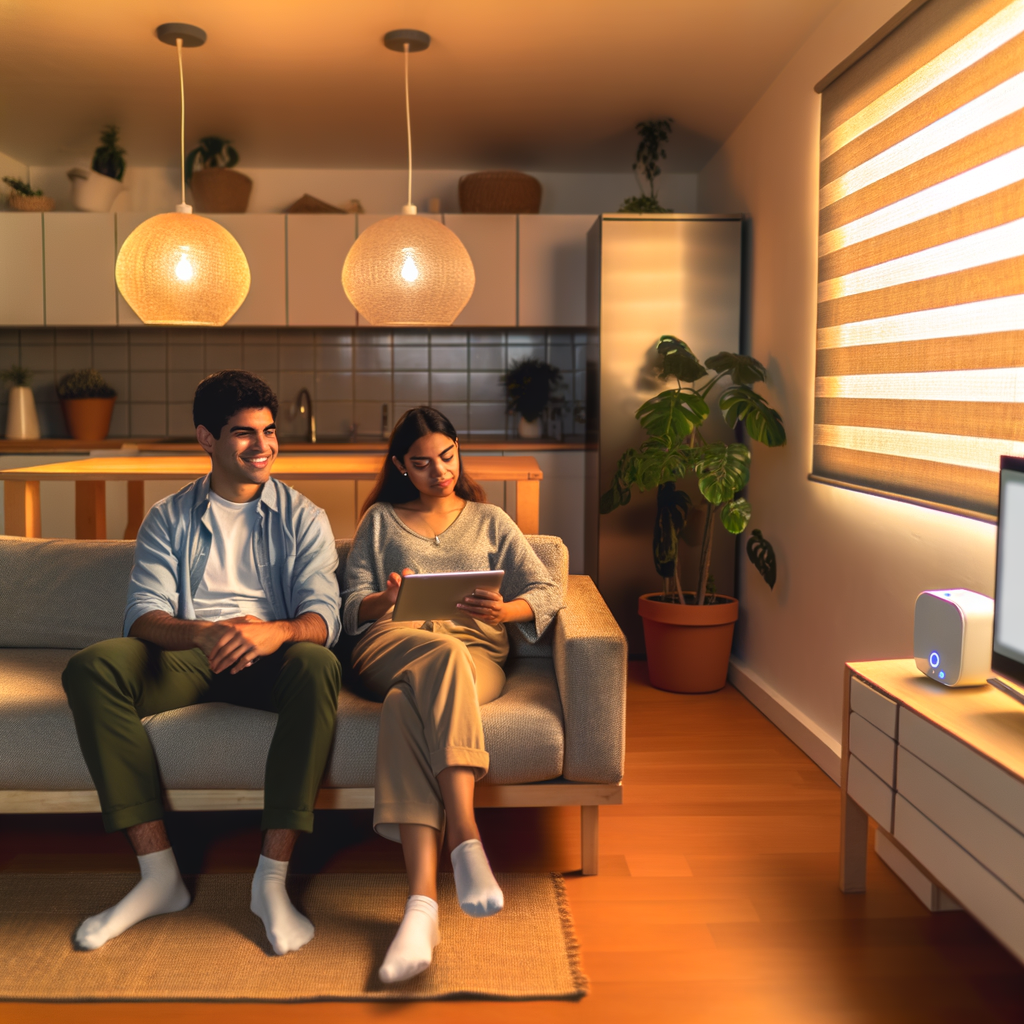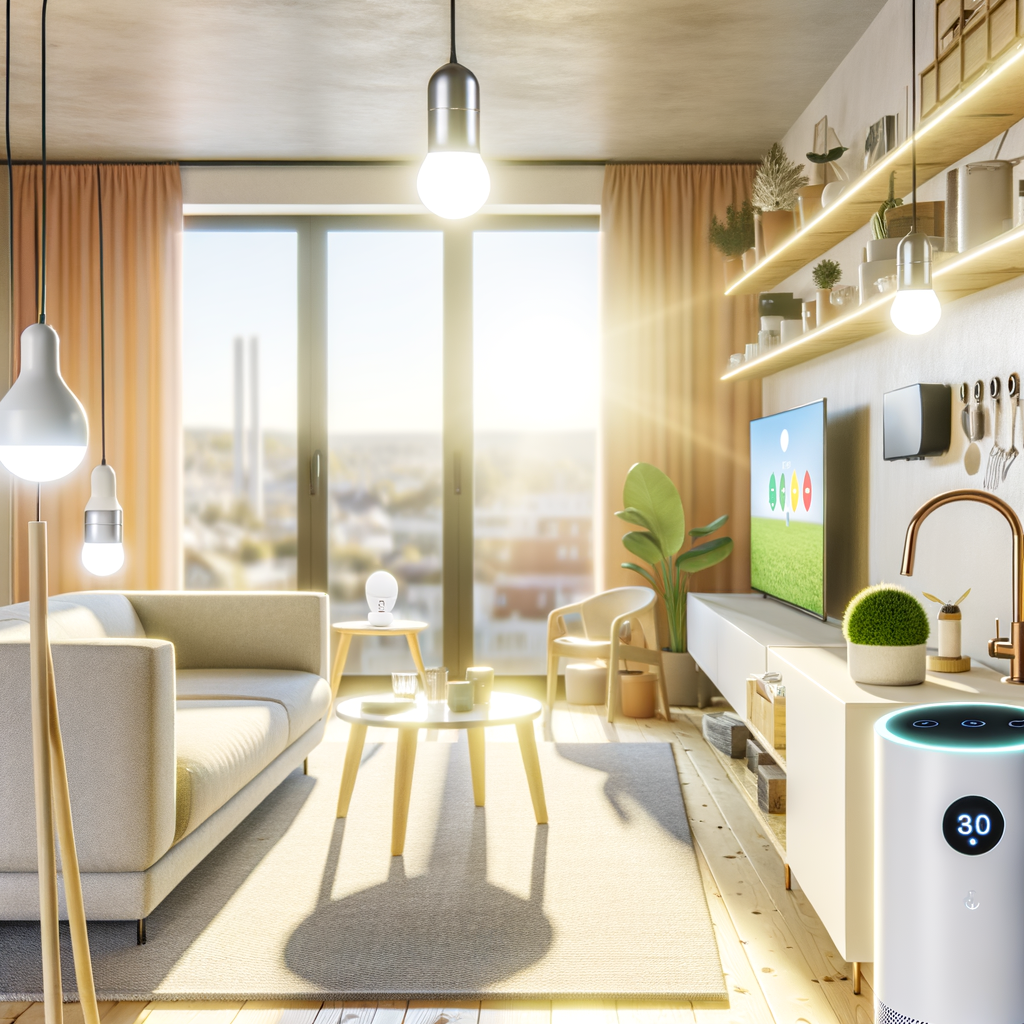How to Create a Smart, Energy-Efficient Apartment on a Budget: A Renter’s Step-by-Step Guide
Upgrading your apartment to be smart and energy-efficient doesn’t have to break the bank, nor does it require major renovations—especially if you’re a renter. With the right approach and some clever product choices, you can save money on your utility bills, live more sustainably, and even increase the comfort and convenience of your space. This step-by-step guide walks you through affordable, practical ways to make your apartment smart and energy-efficient—while keeping your landlord happy.
Why Go Smart and Energy-Efficient?
- Save Money: Lower your electricity, heating, and cooling costs right away.
- Live Sustainably: Reduce your carbon footprint without altering the property.
- Enjoy Convenience: Automate routines and control devices from your phone or by voice.
- No Damage Required: Most renter-friendly upgrades are non-permanent and easy to remove.
Step 1: Assess Your Apartment’s Current Efficiency
Pinpoint Common Energy Wasters
- Old, inefficient light bulbs
- Drafty windows or doors
- Inefficient heating/cooling systems
- Energy-hungry appliances
- Phantom loads (devices that use power in standby mode)
Check What’s Allowed in Your Lease
- Read your lease terms to see what modifications or smart devices are permitted.
- Most landlords approve plug-in devices, LED bulbs, and non-permanent window treatments.
Step 2: Start with Low-Cost, High-Impact Improvements
Switch to LED Lighting
- Benefits: LEDs use up to 80% less energy and last years longer than incandescent bulbs.
- Simple to install—just swap bulbs in lamps or fixtures you own. Keep old bulbs to reinstall if you move out.
- For extra savings, use dimmable or smart LED bulbs you can control from your phone.
Add Smart Plugs
- Perfect for renters—just plug and play. No wiring needed.
- Schedule lights, fans, or appliances to turn off automatically and cut phantom loads.
- Many smart plugs are compatible with Alexa, Google Assistant, or Apple HomeKit.
Seal Air Leaks (Without Damaging Walls)
Don’t let your heating or cooling leak out. Use these renter-friendly solutions:
- Weatherstripping Tape: Apply to doors or windows to stop drafts. Peels off cleanly.
- Draft Stoppers: Place fabric or silicone stoppers at the base of exterior doors.
- Removable Window Insulation Film: Keeps warmth in during winter—removes easily in spring.
Upgrade Window Coverings
- Thermal Curtains: Block heat loss in winter and heat gain in summer.
- Use tension rods or non-invasive mounting if you can’t drill into walls.
Step 3: Layer in Smart Tech for Maximum Control
Install Smart Thermostats (Portable or Plug-in)
- If your apartment has a wall-mounted thermostat you control—and your landlord allows—it’s often easy to swap in a smart model and reinstall the original when you move.
- For portable space heaters or window A/C units, use smart plugs or smart A/C controllers that let you schedule or adjust temps remotely.
Try Smart Lighting
- Smart bulbs can dim, change color, or run on timers—all from your phone.
- Create routines: “Turn off all lights when I leave” or “Dim bedroom lamps at night.”
- No wiring or installation—in just lamps you own.
Energy Monitoring Devices
- Track how much energy your devices actually use.
- Smart plugs with built-in monitoring help you spot inefficient appliances right away.
- Some apps show when electricity rates are cheapest (if you live where they vary by time of day).
Step 4: Maximize Heating and Cooling Efficiency
Be Strategic with Fans and A/C
- Use smart plugs or smart power strips to schedule fans and portable A/Cs only when really needed.
- Set tower fans to circulate air efficiently; close doors to rooms you’re not using.
- Don’t forget to run ceiling fans in summer (blades counterclockwise) and winter (clockwise, at low speed).
Maintain HVAC Filters and Vents
- Ask your landlord how often HVAC filters are changed; dirty filters make systems run longer and harder.
- Keep vents and returns unblocked for maximum airflow (move furniture if needed).
Portable Heaters and A/C: Use Wisely
- If allowed, use Energy Star models only. Check wattage before purchase.
- Plug into smart outlets to avoid leaving units on by accident.
Step 5: Upgrade Kitchen and Bathroom Efficiency
Choose Energy-Smart Appliances
- If buying your own mini fridge, microwave, or other appliances: choose Energy Star certified models.
- Look for compact, low-energy units—perfect for apartments.
Reduce Water Waste
- Install a low-flow showerhead (most simply screw on and are easy to swap back).
- Add faucet aerators to reduce gallons per minute—no tools needed, often just unscrew the old one.
Step 6: Unplug, Automate, and Track for Ongoing Savings
Unplug When Not in Use
- Electronics draw power even when off—use smart power strips or unplug outright for devices you rarely use.
- Smart strips may cut power to all devices when the “master” device (like your TV) shuts off.
Automate Routines
- Program lights, fans, or kitchen appliances for your daily schedule so you never forget to turn them off.
- Use voice assistants (Amazon Alexa, Google Assistant, or Siri) to control devices hands-free.
Monitor Utility Bills
- Track your regular bills before and after upgrades to see actual savings.
- Some utility companies offer free or discounted in-home energy audits—ask your property manager if it’s available.
Step 7: Get Creative With Renter-Friendly Hacks
Use Smart Home Hubs
- Centralize control of all your devices—many work well with just your smartphone, so you avoid buying extra hardware.
- Smart speakers also serve as music stations, intercoms, and weather update hubs.
Maximize Daylight
- Open curtains during cold, sunny winter days to reduce heating needs and boost mood.
- Close curtains on boiling summer afternoons for instant passive cooling.
Share the Benefits
- Tell your landlord if your upgrades are helping lower building-wide costs (without requesting major changes).
- You might spark broader green upgrades in your community!
Bonus Tips for Apartment Renters
- Keep all packaging and original parts for anything you swap out—important if you’re required to return the unit to its original condition.
- Communicate with your landlord; highlight improvements that add value or safety (like LED bulbs or water-saving fixtures).
- Document any changes with photos and a checklist, so you can easily revert when you move out.
Typical Apartment Smart & Energy-Efficient Upgrade Costs
- LED Bulbs: $2–$12 per bulb, often available in multi-packs
- Smart Plugs: $10–




